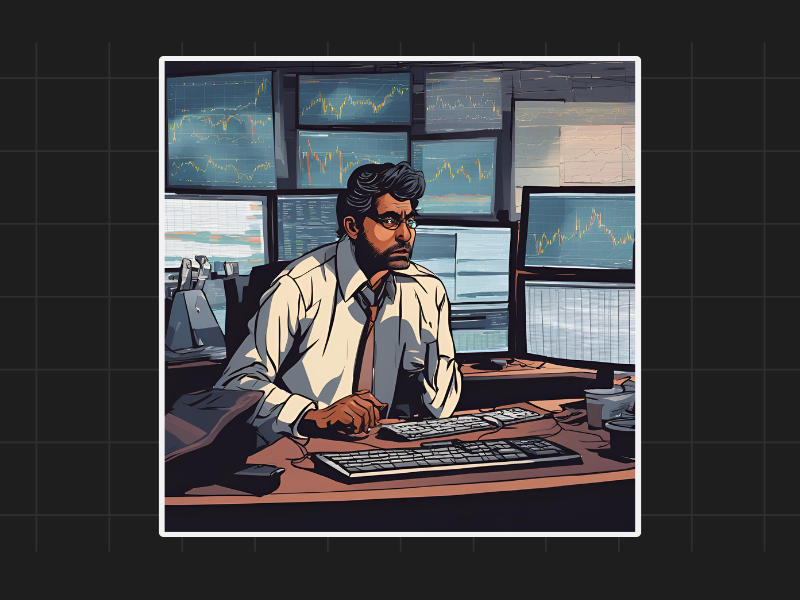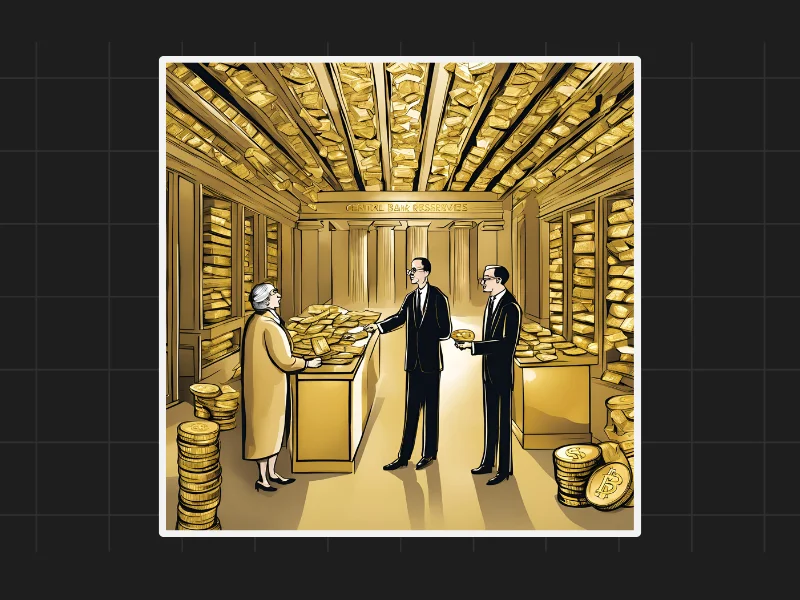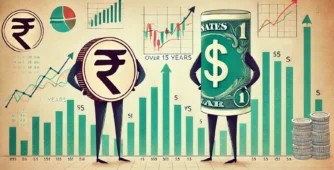Understanding Bull Markets and Their Potential
Bull markets are a fascinating aspect of the stock market. They represent extended periods of rising prices, creating opportunities for investors to gain significant returns. Historically, some bull markets have lasted for several years and delivered exceptional returns. One of the longest bull runs lasted 77 months, providing an impressive 622% return. Currently, we are in a bull market that has given 220% returns so far. This shows that there might still be room for further growth.

The Market Grows Amid Skepticism
One common observation is that markets tend to grow when people are skeptical. Many investors often hesitate to believe that the bull run will continue. Instead of trusting the market, they look for reasons to take profits or stay on the sidelines. However, markets tend to rise as long as there’s doubt, only ending when investors become overly confident and greedy. This is why it is often said that the market “climbs a wall of worry.”
The Role of Liquidity in Market Growth
Another key factor that drives markets is liquidity. When there is an influx of funds into a country or market, it can push prices higher, regardless of historical valuations. For example, stocks can sometimes exceed their typical price-to-earnings (PE) ratios, yet continue to rise. Some stocks may reach PE ratios of 100 or even higher. The same applies to the broader market; it can stay in an “overbought” zone for a long time, giving investors a significant opportunity for gains.
Historical Rallies and Current Potential
Looking back over the last 40 years, there have been several large market rallies. For instance, the 1991 rally delivered a 380% return, and the 2003-2008 rally provided a massive 622% return. Currently, the market has risen by 220%, but it could potentially go much higher. Whether it will reach 400% or 600%, no one can say for sure. The key is not to predict when the market will peak, but to stay invested and not miss out on further growth.
The Risk of Sitting Out the Market
One major risk for investors is trying to time the market. If you decide to stay out of the market and it continues to rise, you may miss a significant portion of the gains. For example, if the market grows from 100 to 200 and then falls by 25%, you would still be ahead at 150. But if you exit at 100, miss the rise to 200, and then re-enter, you could lose money if the market corrects. Sitting out of the market can carry a real opportunity cost.
When Does the Market Fall?
The market typically falls when no one is left to buy, meaning that all investors have already entered the market. This happens when even the most cautious investors, who have been waiting on the sidelines, finally jump in. Once everyone is fully invested, the market may stop growing and correct itself. However, it is impossible to predict exactly when this will happen. The market could continue rising for years before this scenario plays out.
Disclaimers and disclosures : https://tinyurl.com/2763eyaz
If you have any questions, please write to support@weekendinvesting.com













